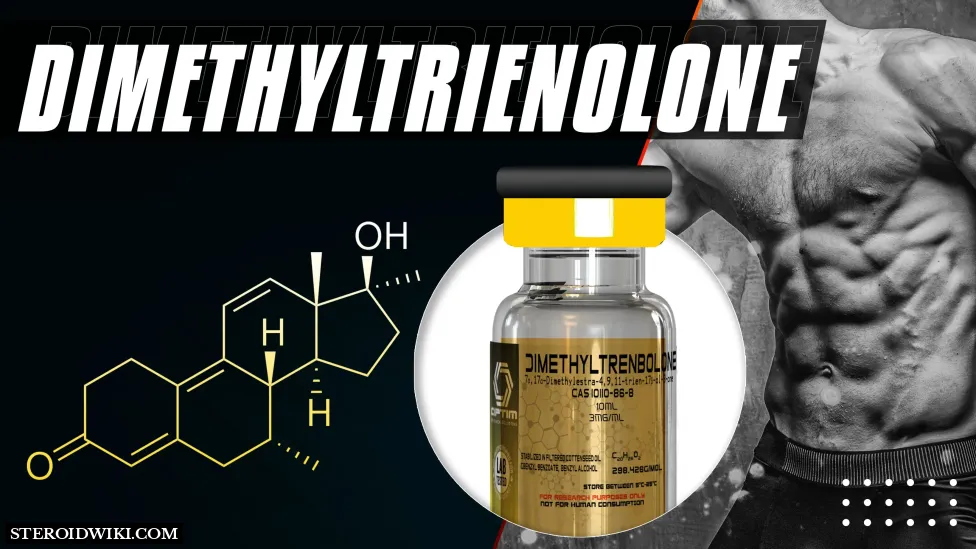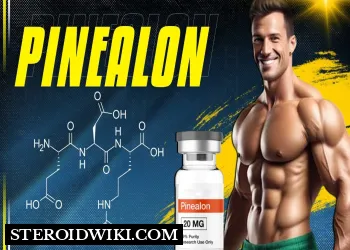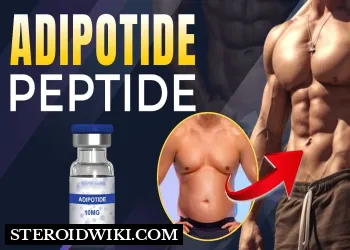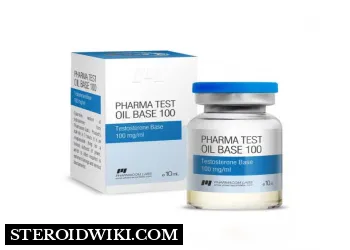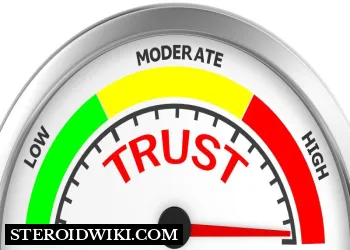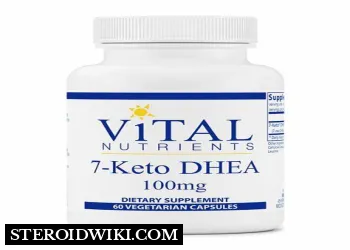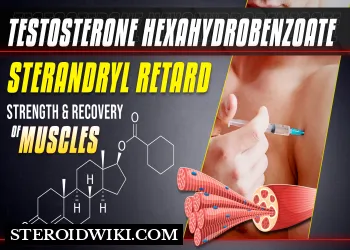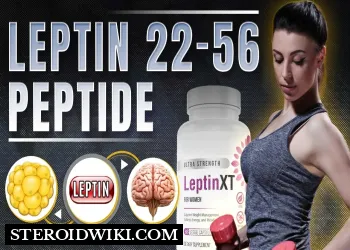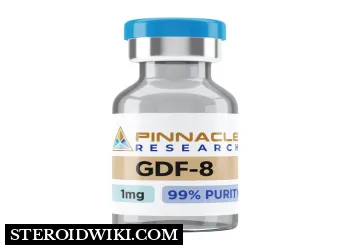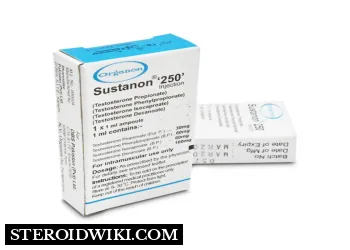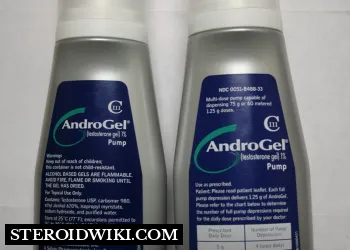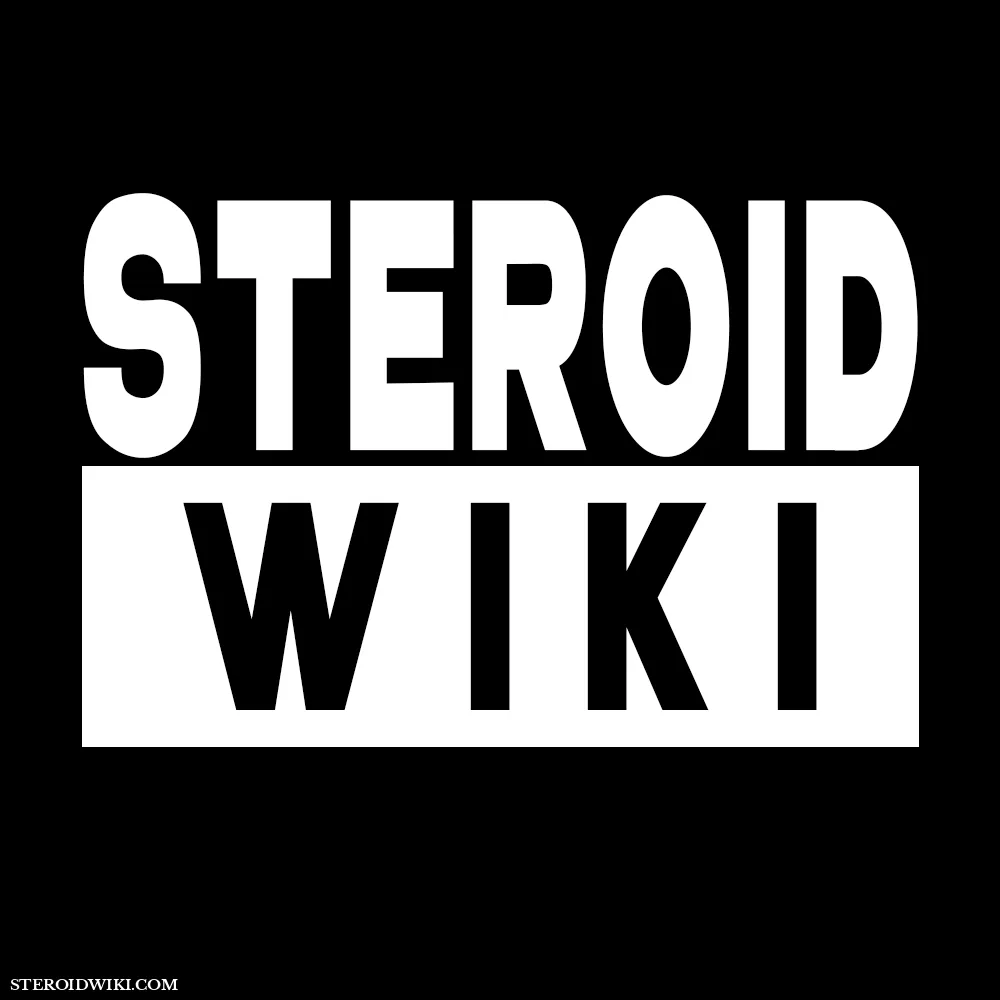Dimethyltrienolone Steroid Profile
Table of Contents
Chemical Composition
- Effective Dose (Men): 20-40 mg/day
- Effective Dose (Women): Not Recommended
- Half-Life: Approx. 8-10 Hours
- Anabolic/Androgenic Ratio: >10,000/>10,000
Description
Dimethyltrienolone, also known as dimethylestradiol, is a synthetic anabolic–androgenic steroid (AAS) derivative of trenbolone. It is a potent synthetic steroid commonly referred to as dimethylestradiol or RU-2420 and has never received formal medical approval. Developed in 1967, it is a member of the anabolic-androgenic steroid (AAS) family and a derivative of trenbolone. With an estimated anabolic/androgenic rating surpassing 10,000/10,000, this chemical is extremely powerful. In animal experiments, it demonstrated over 100 times the potency of Dimethyltrienolone due to its high interaction with androgen and progesterone receptors.
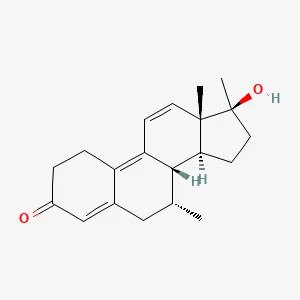
Dimethyltrienolone is not advised for human usage due to serious health hazards, even with its possible advantages. It has been abused by certain bodybuilders and sportsmen who want to increase their muscular growth or performance, just like many other anabolic steroids. However, because of the significant hazards involved with using it, such as hormone imbalances, liver damage, and cardiovascular problems, this practice is strongly discouraged.
The resistance of dimethyltrienolone to hepatic metabolism accounts for part of its effectiveness but also renders it very hazardous to the liver. It does not convert to estrogen like some other steroids do, which helps prevent adverse estrogenic effects, including gynecomastia and water retention.
Steroid Form
Dimethyltrienolone, a derivative of nandrolone, undergoes two structural alterations: c-17-alpha alkylation, which keeps it alive in the liver, and 7-alpha methylation, which boosts potency by improving bioavailability. These changes provide a powerful oral steroid comparable to an enhanced form of Anavar and have advantages, including improved strength, muscular mass, and fat reduction without turning into estrogen.
Anyone thinking about using dimethyltrienolone should be informed of the dangers and possible negative effects. Due to its tremendous potency and hepatotoxicity, it should only be taken under the guidance of a licensed medical practitioner. It's also important to remember that because it's considered a performance-enhancing substance, most sports organizations and events prohibit its usage.
Men generally respond well to dosages between 20 and 40 mg daily, while specific recommendations may change based on individual characteristics including tolerance and prior experience with AAS. It should be emphasized that because of its great potency and potential for virilization, dimethyltrienolone is not advised for usage by women.
In conclusion, dimethyltrienolone is a strong synthetic steroid with few medicinal uses and high dangers. Although it could improve performance and muscle building, these advantages must be balanced against the substantial health concerns connected to its usage. Because of this, it should only be used under the supervision of a qualified healthcare provider.
Signs and symptoms
Although dimethyltrienolone is not authorized for use in medicine, it is hypothesized to have been used like those of other anabolic steroids. These symptoms usually relate to diseases where weakness or muscular atrophy are issues. Among the possible yet unverified signs might be:
Muscle Wasting Disorders: Patients with considerable weight loss and muscle wasting associated with underlying conditions such as HIV/AIDS or cancer may explore anabolic steroids such as dimethyltrienolone in situations of muscle wasting disorders like cachexia.
Hypogonadism: Male hypogonadism, which is characterized by low testosterone levels, is occasionally treated with anabolic steroids. However, dimethyltrienolone is not advised for this use because of its great potency and possible dangers.
Bone Marrow Stimulation: Anabolic steroids have been used to promote bone marrow in situations like aplastic anemia when bone marrow activity is impaired. However, no clinical evidence supports using dimethyltrienolone for this purpose, and it is strongly discouraged owing to safety concerns.
It's critical to stress that there is strong disagreement and no scientific evidence to support using dimethyltrienolone for medicinal purposes. Because of the possibility of severe side effects, its usage outside of well-monitored medical settings is generally advised.
Side effects
There are several possible negative consequences of using dimethyltrienolone, some of which are serious and permanent. These adverse consequences might consist of:
Liver Toxicity: Dimethyltrienolone is severely hepatotoxic due to its great resistance to hepatic metabolism. Dimethyltrienolone usage for an extended period of time or in large doses can cause liver damage, which includes liver cancer and liver failure.
Cardiovascular Complications: Dimethyltrienolone, like other anabolic steroids, raises the possibility of cardiovascular problems such as atherosclerosis, heart attacks, strokes, and hypertension. These risks are increased in those who already have cardiovascular disease.
Hormonal Imbalances: Dimethyltrienolone usage can throw off the body's normal hormonal balance, which can have several negative consequences, including impotence and infertility. It can also lead to virilization in females, which produces masculine traits, including facial hair growth and deepening of voice.
Psychological impacts: Mood swings, anger, and sadness are among the psychological impacts linked to anabolic steroids. Individual factors, including dosage, length of usage, and underlying mental health disorders, can all affect these effects.
Endocrine Disruption: Dimethyltrienolone can inhibit the body's normal testosterone synthesis, resulting in hypogonadistic symptoms including lethargy, reduced libido, and loss of muscle mass. Prolonged usage may lead to long-term reliance on exogenous testosterone supplementation.
Virilization in Women: Women who take dimethyltrienolone risk experiencing virilization, which is characterized by the emergence of male traits such as deepening of the voice, clitoris enlargement, and altered patterns of body hair growth.
Adverse Effects: Certain users may encounter adverse effects including heightened hostility, fluctuations in mood, and irritation, which is widely known as "roid rage." These impacts may have an influence on one's job, relationships, and general quality of life.
It's critical to realize that bigger dosages, continuous usage, and pre-existing medical issues all enhance the likelihood of negative effects. Before using dimethyltrienolone, anybody thinking about it should carefully examine the possible advantages over the significant hazards and get advice from a medical specialist. Additionally, routine monitoring of hormone levels, cardiovascular health, and liver function is crucial for the early identification and treatment of any problems.
References
- Mullen, C., Whalley, B.J., Schifano, F. and Baker, J.S., 2020. Anabolic androgenic steroid abuse in the United Kingdom: An update. British Journal of Pharmacology, 177(10), pp.2180-2198.
- Dimethyltrienolone (no date) Anabolic Insights. Available at: https://anabolicinsights.org/dimethyltrienolone/ (Accessed: 4 May 2024).
- Dimethyltrienolone (no date) National Center for Biotechnology Information. PubChem Compound Database. U.S. National Library of Medicine. Available at: https://pubchem.ncbi.nlm.nih.gov/compound/Dimethyltrienolone (Accessed: 4 May 2024).
- Awuchi, C.G., Aja, M.P., Mitaki, N.B., Morya, S., Amagwula, I.O., Echeta, C.K. and Igwe, V.S., 2023. New psychoactive substances: major groups, laboratory testing challenges, public health concerns, and community-based solutions. Journal of Chemistry, 2023.
- Steroid.com. Available at: https://www.steroid.com/Dimethyltrienolone.php (Accessed: 4 May 2024).

